Forensic botany is the application of plant science to the resolution of legal concerns. A plant’s eco-friendly requirements and its anatomy remain in some cases types particular and need taxonomic confirmation; proper analysis of botanical proof can offer essential info about a suspect, criminal activity scene or a victim. The usage of botanical proof in legal examinations in North America is fairly current. The initially botanical statement to be heard in a North American court worried the murder and kidnapping of Charles Lindbergh’s child kid and the conviction of Bruno Hauptmann in 1935. Today, forensic botany includes various subdisciplines of plant science, such as taxonomy, plant anatomy, palynology, ecology, and diatomology, and user interfaces with other disciplines, e.g., limnology, molecular biology and oceanography. Forensic Plant Science (PDF) provides chapters on plant science proof, plant taxonomic proof, plant anatomy, plant ecology, case research studies for all of the above, along with the instructional paths for the future of forensic plant science.
- Provides strategies, collection techniques, and analysis of digested plant products
- Shows how to recognize plants of usage for criminal activity scene and associated proof in criminal cases
- The ebook’s buddy site: http://booksite.elsevier.com/9780128014752, will host a tiny atlas of typical food plants.

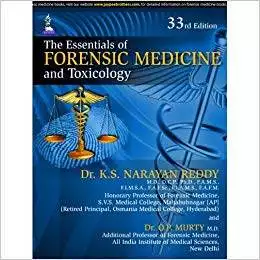
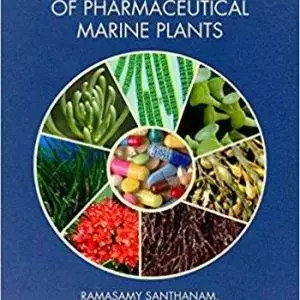
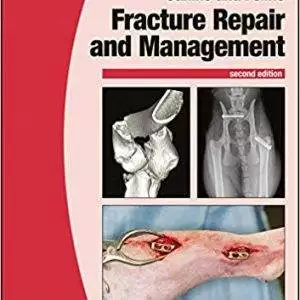
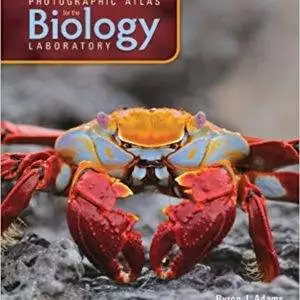
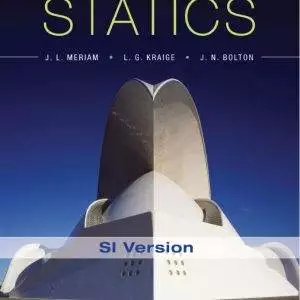


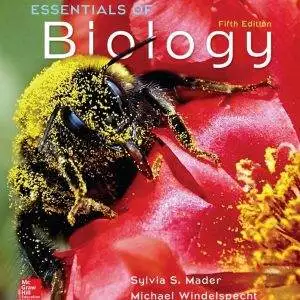
Reviews
There are no reviews yet.